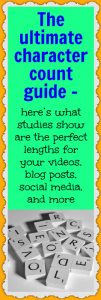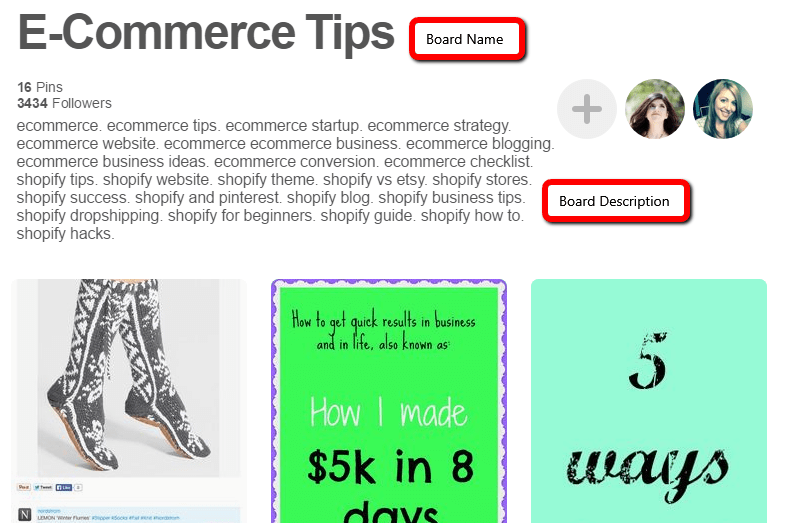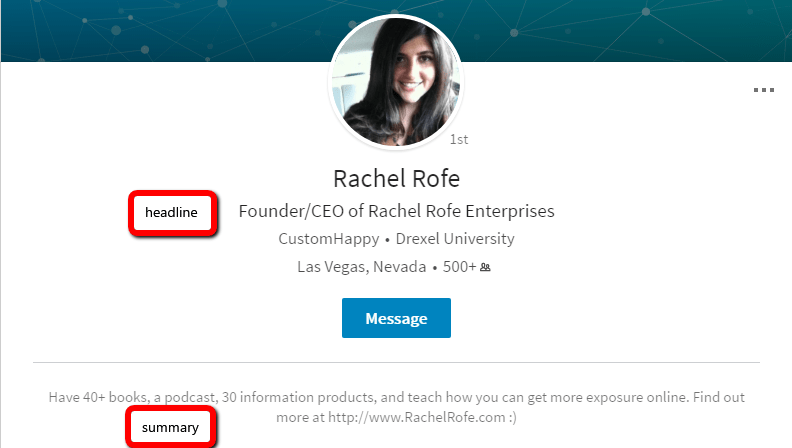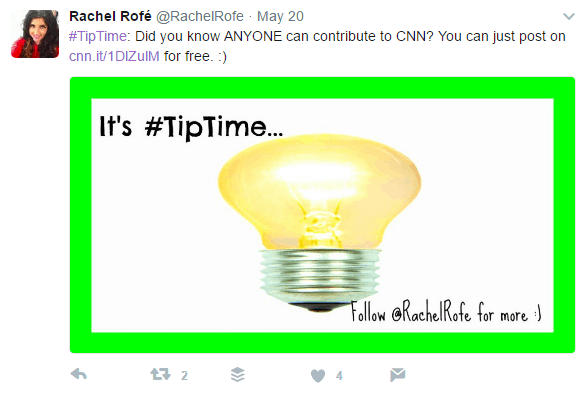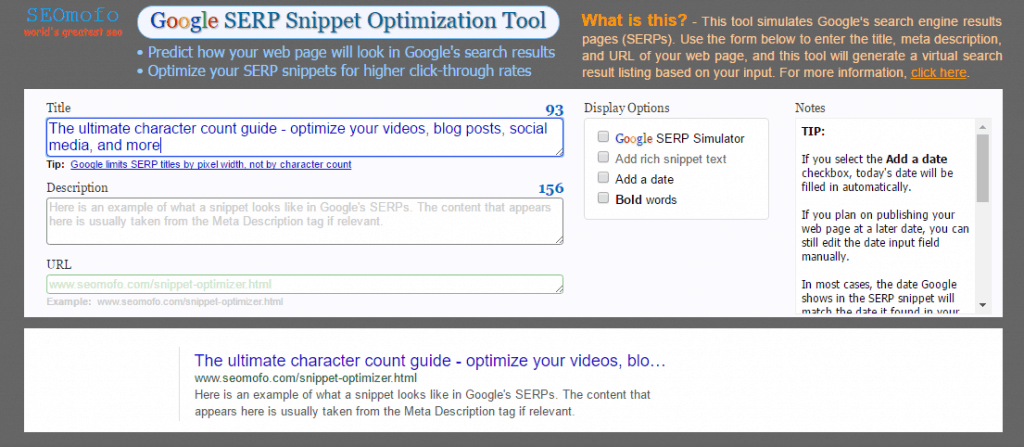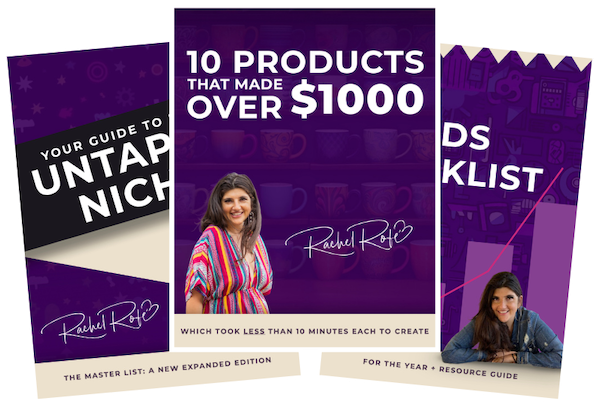If you’re going to spend time creating content, you may as well prime it to get as much exposure as possible. And I’ve seen from experience that the length of your posts on social media, blog posts, videos, etc. make a difference.
I remember when I first started selling on Facebook, I’d try to sell a t-shirt by writing up a few pithy statements about how funny the shirt was, the quality, the fast shipping, etc…
Meanwhile, Don’s ads – which always outperformed mine – would literally just say something like “Click here to buy yours.”
@^#&^@!
Knowing that this is a “thing,” Michaela and I went through some studies to find the best length for the content you put out across different channels. You may as well get the most impact possible if you’re going to take the time to post content, right?
In this post I’ve laid out the most ideal character counts and timelines for the following online channels so you can get the most bang for your buck with the content you post. Plus, here’s an infographic you can download or pin on Pinterest.
Social Media
Posts: ideal length of 40 characters
If you have a link in your post, the copy should explain what you’re linking to. The link title + meta description (which is change-able) has been found to be more important than the actual post.
Keep posts on the shorter side and focus on the link’s title and description. The link title is optimal at 50-60 characters and the description is optimal at 155-160.
Bio: up to 150 characters
Hashtags: no more than 30 total
Captions: 2,200 characters maximum but aim for less than 125
Instagram is a platform for sharing visual content but it’s still a good idea to provide viewers with some context about what you’re posting.
Keep your posts on the shorter side whenever possible. As soon as your text goes over three lines, readers need to click “more” to view the rest.
Profile name: 21 characters maximum
User name: 3-15 characters
Bio: less than 160 characters
Pin descriptions: 500 characters maximum
Board names: no more than 100 characters (17 characters is the optimal length)
Board descriptions: 500 characters maximum
Status update: up to 600 characters – however experts say that the ideal LinkedIn status update length comes down to words more than characters. The optimal word length word count for B2B posts is 16-25, and B2C optimal word count is 21-25.
Headline: up to 120 characters
Summary: up to 2,000 characters
Position title: up to 100 characters
Position description: 200-2,000 characters
LinkedIn’s Publishing Platform
Original post title: up to 100 characters
Original post body: up to 40,000 characters
Tweets without links: 120-130 characters
Tweets with 120-130 characters have been found to have higher click-through rates.
Tweets with links: up to 116 characters
Hashtags: 1-2 hashtags per post and up to 11 characters each
Keep your hashtags short and sweet and don’t overdo it. Twitter is not like Instagram in this regard.
Snapchat
Captions: 80 characters maximum
As with the other more visual social media platforms, Snapchat captions should provide context but keep them brief.
Google+
Posts: around 100,000 characters
Blog Posts
Title: 50-60 characters or less
This is to prevent your title from getting cut off on the search engine results page (SERP). With Google, titles max out at a length of 600 pixels, which translates to 60 characters roughly, meaning any characters beyond that probably won’t show up on the SERP.
To verify if your title’s length is okay, use the Google SERP Snippet Optimization Tool (it’s free).
As you can see, the title of this blog post is on the longer side and the last six words get cut off in Google’s search results. In this case, though, I wouldn’t be too concerned because the “meat” or the gist of the title comes right at the beginning and the part that gets cut off is more descriptive.
Word count: 1,600-2,500+ words
Different sources say different things about the ideal word count for blog posts.
According to Medium, the read time that captures the most attention on average is seven minutes. Some sources say seven minutes of reading translates to 1,600 words. But other sources argue that the average read time for native English-speaking adults is 300 words per minute, so 300 words X 7 minutes = 2,100 words.
And then there’s HubSpot who found that posts with word counts between 2,250 and 2,500 received the most organic traffic on average. And posts with word counts over 2,500 were shared most often via social media.
Meta description: 155-160 characters or less
This refers to the short description you see on SERPs, serving as a preview of what the content is about. Google typically cuts meta descriptions off after two lines of text or after around 923 pixels. And you can use the same Google SERP Snippet Optimization Tool to verify the length of your meta descriptions.
Video
Length: 2 minutes is ideal for just about every platform that supports videos.
Research shows that viewers stay engaged up until around the 120 second mark at which point they start to drop off. But you don’t need to make your videos exactly two minutes long. There are higher levels of engagement for videos of any length up to 120 seconds.
YouTube
Title: no set specifications
With no set specifications, it appears the only way to know whether or not your title is too long is if you get an error message saying, “Your title is too long.”
Description: no set specifications
The same goes for YouTube descriptions.
Channel description: up to 1,000 characters
I hope you found this character count guide useful! Leave a comment and let me know your thoughts down below.
